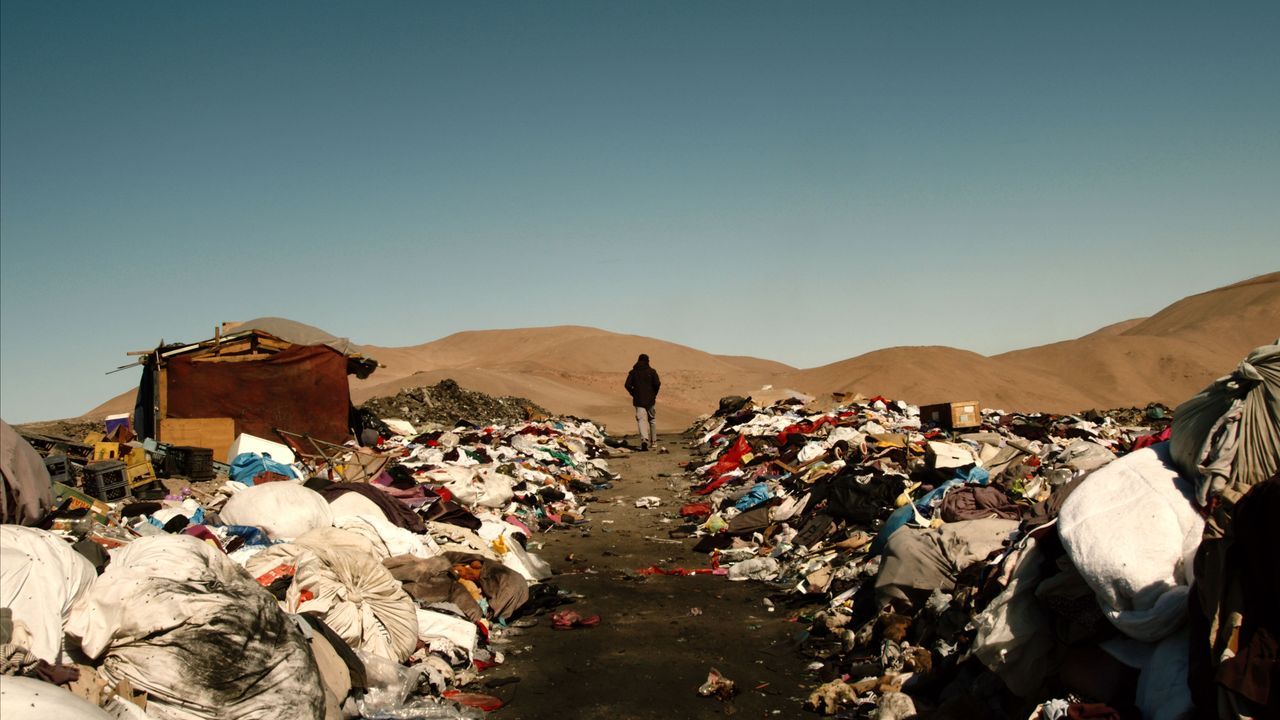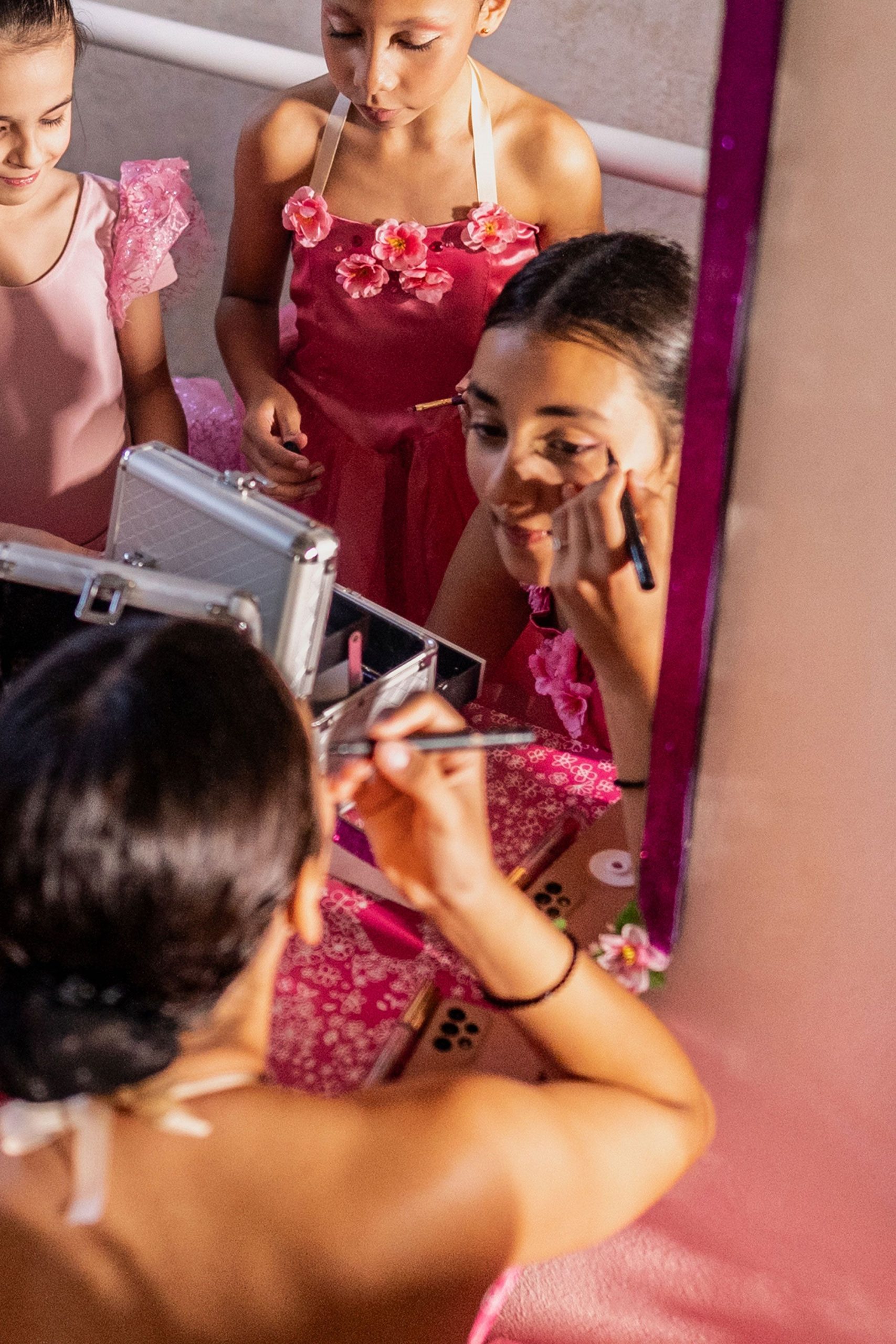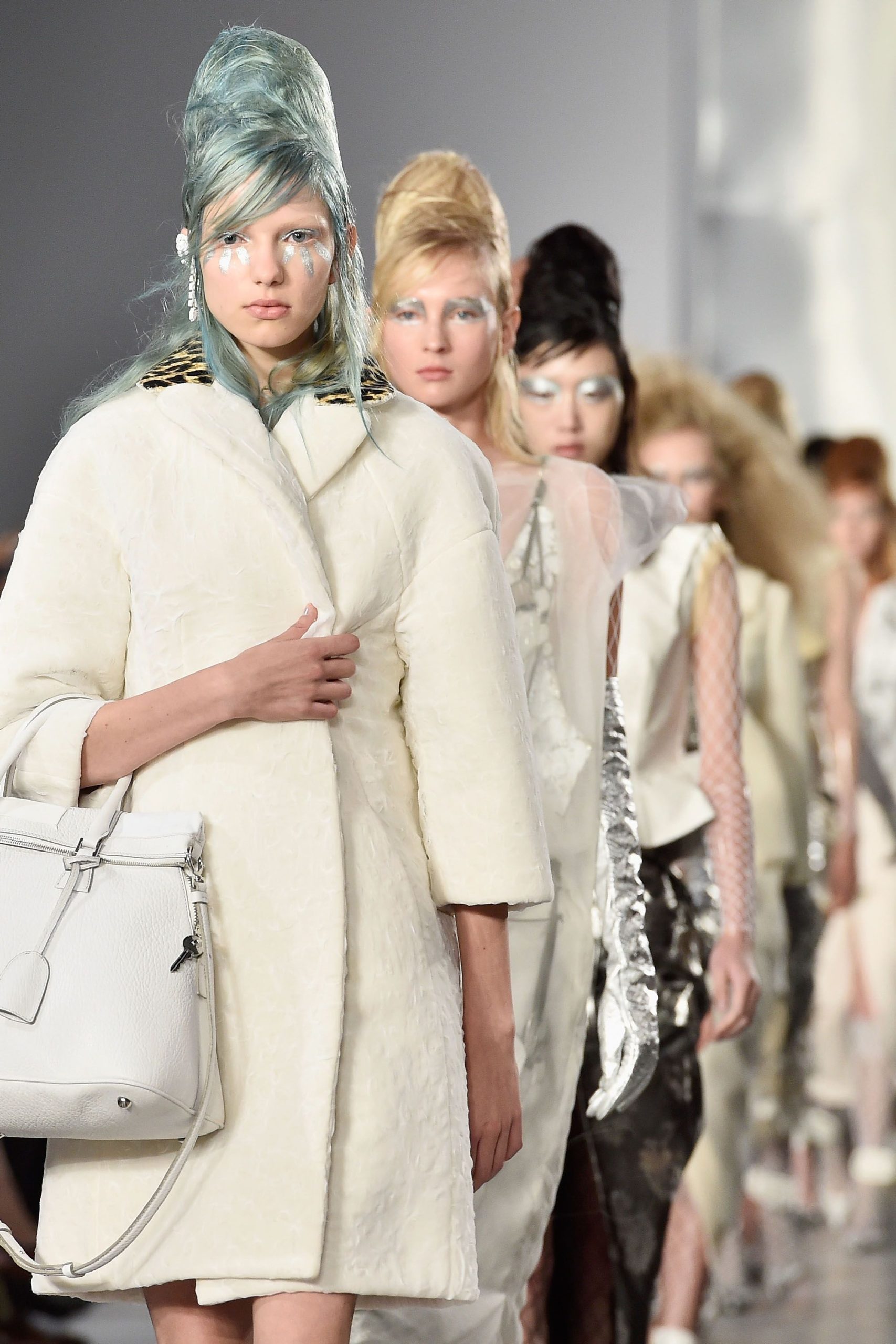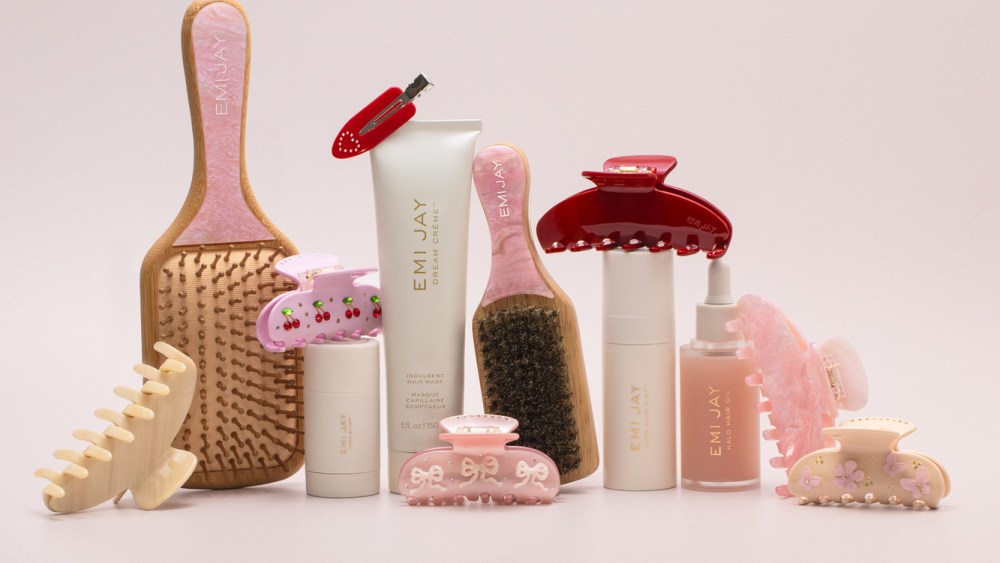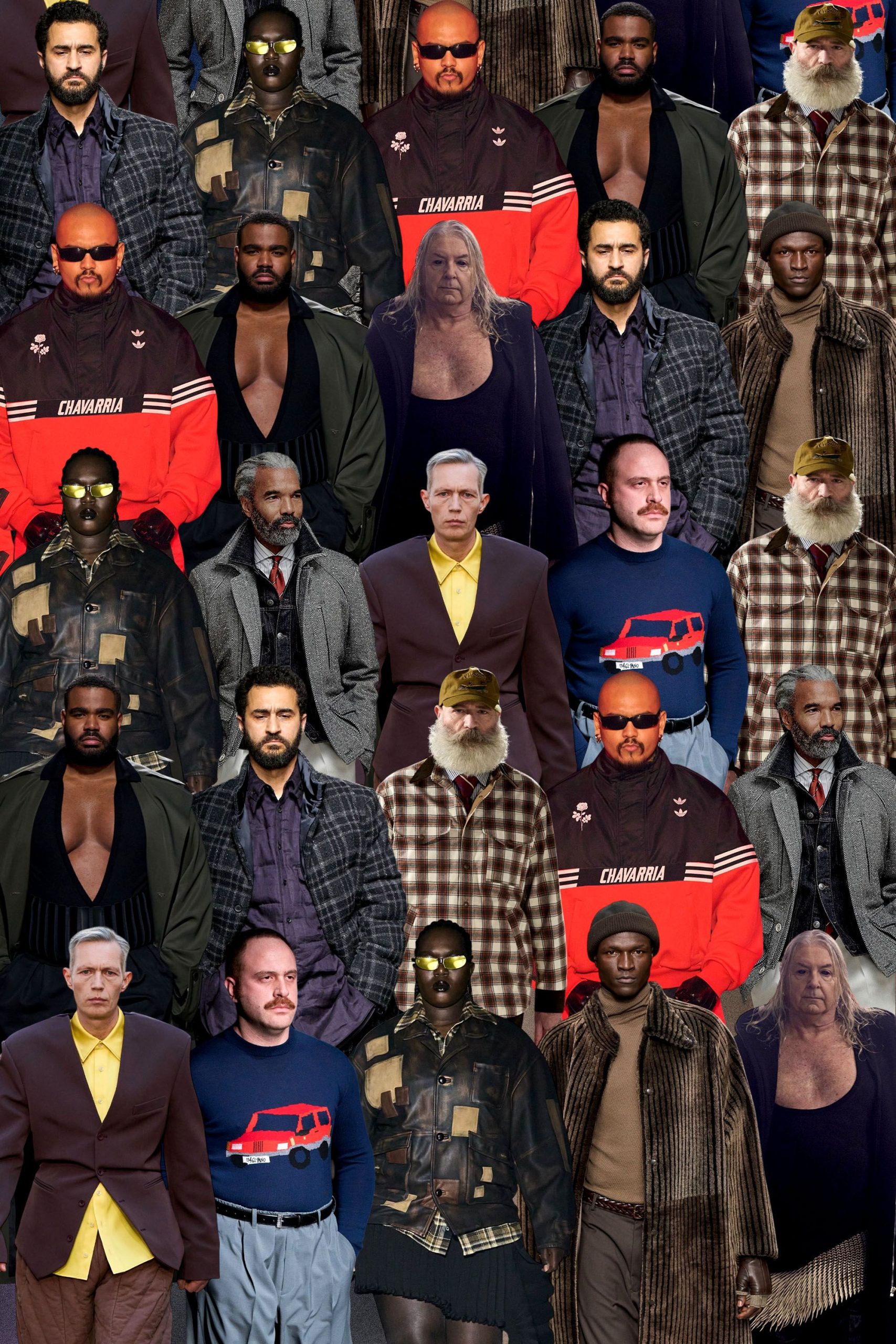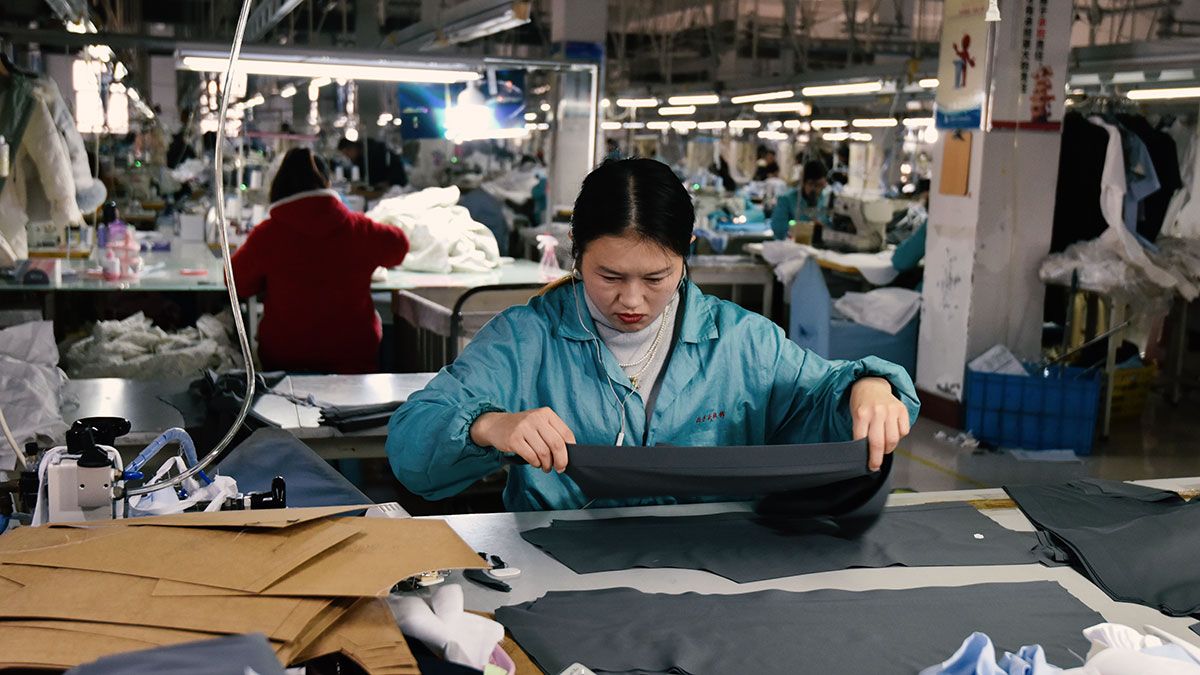
2024 was a year of reckoning for the fashion and luxury goods supply chain.
As luxury brands continued to hike their prices, consumers and critics scrutinised the quality and value of goods and found many lacking. Incoming legislation — especially initial preparations for the introduction of digital product passports in Europe — shone a light on the lack of transparency in the industry as it stands. Various reports highlighted the ongoing use of forced labour in the global fashion supply chain, while Bangladeshi garment workers’ fight for fairer pay exposed the power dynamics at play between brands and their suppliers. Meanwhile, the need for flexibility was underlined as the industry grappled with disruptions in key trade routes, a US port strike and damp demand in several key markets.
So what now?
2025 is poised to be another year of uncertainty, largely due to unresolved tariff issues in several countries, particularly the US, says Joëlle Grunberg, partner and leader of McKinsey’s apparel, fashion and luxury group in North America. President-elect Donald Trump, who will be sworn in on 20 January, has proposed additional tariffs on imports into the US of between 10 and 20 per cent for all goods, and between 60 and 100 per cent on goods from China. Other expected challenges include the threat of fresh strikes by US dockworkers, global airfreight capacity restraints, rising shipping costs and — for luxury in particular — a shortage of talent. At the same time, fashion brands are looking to reduce their costs, improve delivery times and comply with evolving sustainability regulations.
Consider it the new normal. “Nowadays, we are faced with a global poli-crisis setting, mainly in terms of geopolitical tensions and severe weather situations due to climate change,” says Marijn Visser, global vertical head of lifestyle at shipping and logistics company Maersk. “On top, many businesses have to cope with multiple challenges like digitisation, decarbonisation of the business, high inflation rates and others. Volatility will increase rather than ease.”
“Building end-to-end resilience, particularly through strategies like nearshoring, multi-sourcing and strategic partnerships will be essential to mitigate the risks associated with geopolitical instability, shipping costs and global supply chain fragility,” says Claudia D’Arpizio, senior partner and leader of management consultancy Bain & Co’s luxury goods practice.
Impact of the slowdown
The global personal luxury goods market is expected to grow in the low single digits in 2025 — a marked slowdown from the post-pandemic boom, per Bain. This decline is prompting a reassessment of inventory strategies, with a focus on reducing stock levels to free up cash and improve working capital efficiency, says D’Arpizio. “The market slowdown is having a significant impact on supply chains, triggering an estimated double-digit drop in supply chain volumes compared to two years ago,” she adds. “Brands are facing heightened pressure to adapt their operations to the realities of reduced demand.”
